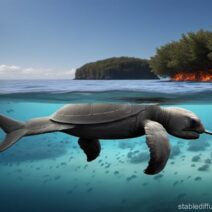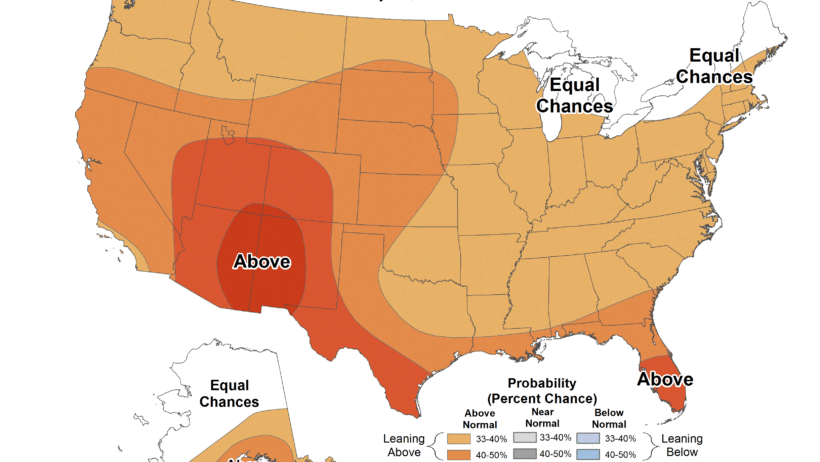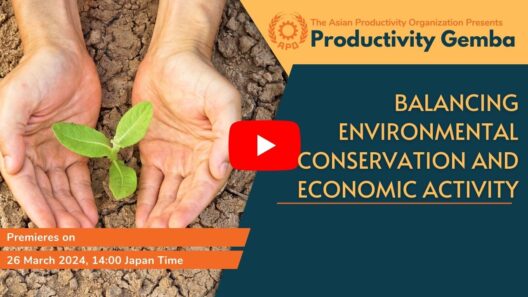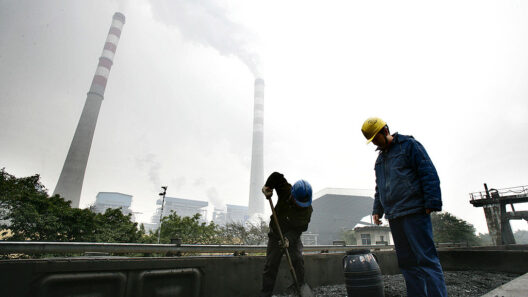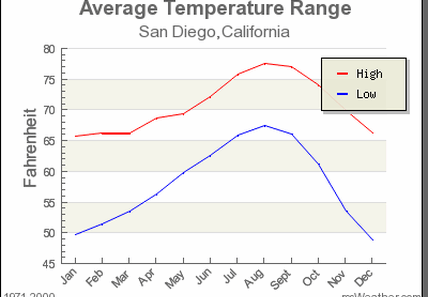Washington State, often celebrated for its breathtaking landscapes and diverse ecosystems, presents a complex tapestry of climate conditions that vary significantly from one region to another. The majestic Cascade Mountains divide the state into distinct climatic zones, contributing to its unique weather patterns, flora, and fauna. As we explore the climate of Washington, we invite curiosity about how these varying conditions shape the lives of its inhabitants, the ecosystem, and the broader implications of climate change.
At the western edge of the state lies the Puget Sound region, characterized by its temperate maritime climate. This area, encompassing vibrant cities such as Seattle and Tacoma, experiences mild, wet winters and cool, dry summers. The Pacific Ocean greatly influences this climate, ensuring that even the coldest winter months rarely see temperatures plummet below freezing. Those who live in this region often delight in the phenomenon colloquially known as “liquid sunshine,” a term that encapsulates the frequent, albeit gentle, rain showers typical of the climate.
Contrary to popular belief, Washington’s rain is not a deluge but rather a series of light showers, especially prevalent in the fall and winter months. This precipitation supports lush evergreen forests, home to towering Douglas firs, cedars, and spruce trees. Beneath the verdant canopy, a wealth of biodiversity thrives, including myriad bird species, mammals, and invertebrates, all adapted to this quintessentially moist environment.
As one advances eastward across the Cascade Range, the climate begins to shift dramatically. The rain shadow effect, resulting from the mountains blocking moisture-laden air from the Pacific, transforms the landscape into arid and semi-arid conditions. The eastern regions, like Spokane and the Tri-Cities, experience hotter summers and colder winters compared to their western counterparts. Here, the climate is classified as a steppe or high desert, characterized by low annual precipitation, with dry spells often leading to drought conditions.
This stark contrast in climate has sculpted a different ecological composition. Eastern Washington is dotted with sagebrush, wheat fields, and grasslands. Agriculture flourishes in this area, playing a crucial role in the state’s economy. The fertile Palouse region, for instance, is renowned for its rolling hills and prolific wheat production. However, increased temperatures and shifting rainfall patterns due to climate change pose significant challenges for farmers navigating water scarcity and altering growing seasons.
In addition to its varied precipitation patterns, Washington’s climate is also influenced by oceanic currents, particularly the El Niño and La Niña phenomena. These climate oscillations can create extreme weather variations across the state. El Niño typically brings warmer and drier winters, while La Niña often leads to cooler and wetter conditions. Such fluctuations not only affect local weather but also have broader ecological consequences, from altering habitat conditions to influencing migratory patterns of wildlife.
As one ascends into the Olympic Mountains, the climate can shift unexpectedly once more, showcasing an impressive diversity in weather and ecological zones. The western slopes of this region experience some of the highest rainfall in the continental United States, giving rise to rich temperate rainforests, with soaring ancient trees and thriving understory vegetation. Conversely, the eastern slopes descend quickly into drier conditions. This diversity intrigues scientists and visitors alike, as the Olympic National Park serves as a living laboratory for studying climate ecology and conservation.
The coastal regions of Washington display their own climatic idiosyncrasies. Influenced by sea breezes and the Pacific Ocean, coastal areas such as the Olympic Peninsula and the Washington coast exhibit cool, temperate conditions. The climate here is relatively mild, with summer temperatures often barely rising above 70°F. The coastal ecosystems, featuring sandy beaches and rugged cliffs, host unique wildlife, including harbor seals and various seabird species, all interwoven in the fabric of this stunning environment.
Yet, even as we celebrate Washington State’s diverse climates, it is crucial to acknowledge the challenges posed by climate change. Rising sea levels threaten low-lying coastal areas, while increased wildfire occurrences in the eastern regions jeopardize both ecosystems and human communities. Warmer temperatures can lead to shifts in precipitation patterns, aggravating droughts and altering habitat viability. The implications are staggering as species face the threat of extinction, and indigenous food systems are disrupted.
In the face of these adversities, Washington State exhibits remarkable resilience. Local governments, communities, and organizations have begun to prioritize climate adaptation and mitigation strategies. Efforts range from reforestation projects and sustainable agricultural practices to investments in renewable energy sources and public awareness campaigns. Each initiative reflects a commitment to preserving the state’s natural beauty and ensuring a sustainable future.
As we traverse the varying climates of Washington State, we witness the profound interplay between geography, ecology, and human existence. The diverse climatic conditions do not merely shape the environment; they hold the key to understanding the broader implications of climate change. Intrigued yet? This exploration invites further inquiry into how, collectively, we can strive to protect the bountiful ecosystems that thrive under the majestic shadow of the Cascades and the ever-changing skies of the Pacific Northwest.

